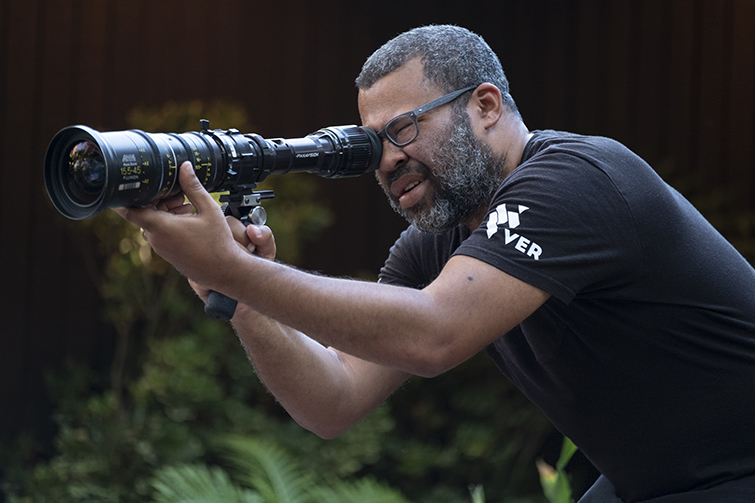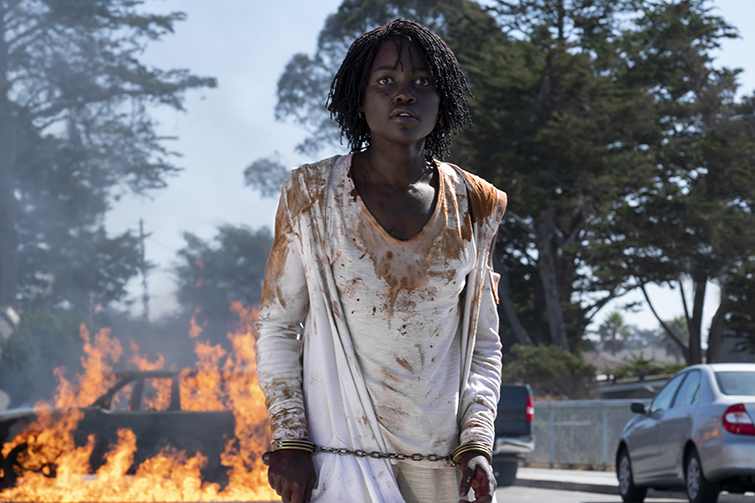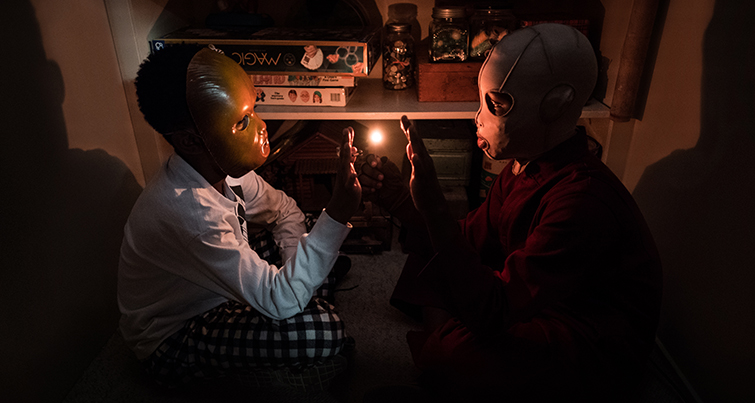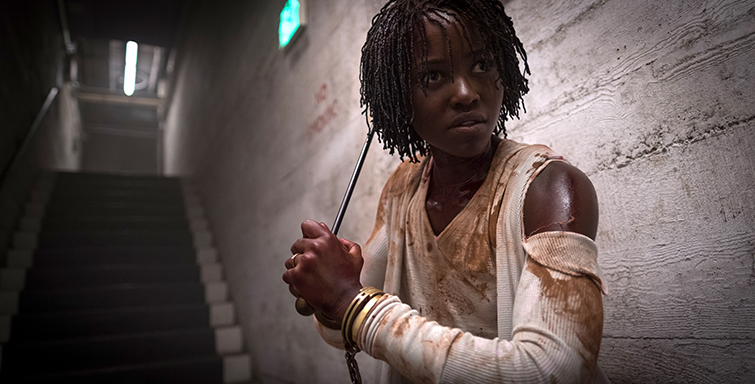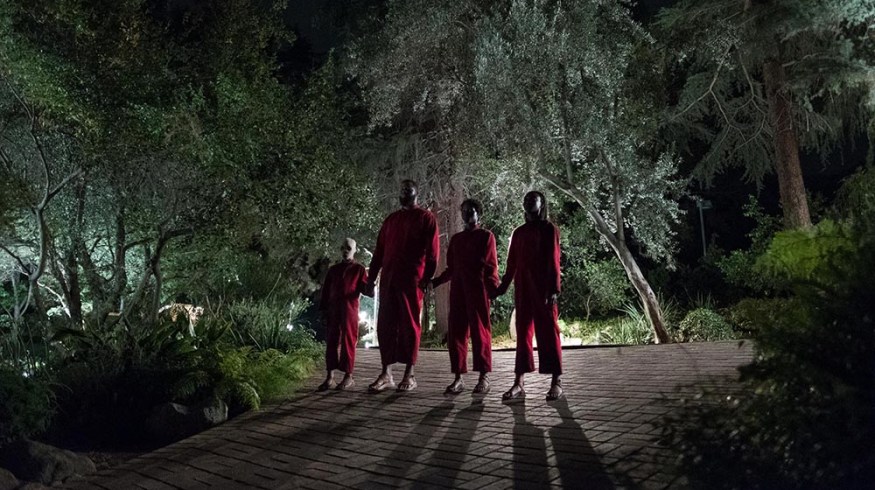
The Editor of “Us” on Working with Jordan Peele and the Horror Genre
The editor of Jordan Peele’s latest horror masterpiece explains what it’s like editing horror and cutting nonverbal musical scenes.
So, I’m sure you’re going to see Us. The much-anticipated follow up to Jordan Peele’s badass horror-comedy Get Out will surely enchant and surprise you, in more than one way. The movie is a new, energetic, and brilliant take on the genre as a whole. The film’s editor, Nicholas Monsour, had previously worked with Peele on Key and Peele and Keanu. However, tackling a film of this caliber was a daunting task — one only someone with as much expertise as Monsour could handle. I recently spoke with Monsour about his work on the film, and what it was like working with Peele on a much different project compared to Keanu.
PremiumBeat: Thanks so much for doing this. First, congrats on the film. It’s incredible. The theater at SXSW lost their minds during the screening. So, when and how did you start working with Jordan Peele?
Nicholas Monsour: Thank you so much! Yeah, I heard it was crazy. So, I came onto Key and Peele during the last season. It was my first job with that team, and then I went to work on Keanu, right after. I wanted to work on Get Out, but my schedule wouldn’t allow it.
PB: So, when you came onto this project, what kind of conversations did you have with Jordan about editing a horror film?
NM: So, we sort of had been talking for a couple of years about horror and thriller films in general. I think we were fairly caught up, at that point. I did some of my own research, after reading the script, for two reasons. One, to just kind of get my head in the right space, and sort of start feeling the mood, as much as possible. And then two, to look at more recent horror — to look up what the current kind of methodologies are with sound design and music, with like what’s out there now. You know you try to stay current, but when you’re working a lot, you miss a few.
We spoke much more about the ideas, and I think that’s because he wanted to see where I would go with it first, before giving me stylistic parameters. Once we were in it, then when we were in the specific scene, we would talk about scenes in other movies that we would be thinking about, the kind of pace over the use of music, or use of certain angles, or things like that. But, it was a much more micro discussion. The script had a pretty clear tone already and didn’t really need it to be added in. So, I mostly tried to present what they wrote and shot.
PB: Music plays a very big role in the film. How did you and Jordan approach working with the music in the edit, and how did you decide to cut the musical scenes?
NM: Jordan is very very specific about those moments, which were scripted. He had also worked with the storyboard artist. He would think about it in his mind, while listening to the songs, and think about the timing. He had a pretty clear map for how those things would line up — or how he hoped they would line up. And then, as soon as I got the dailies, I would test it and see if it worked with the cuts we want to make.
They’re pretty close to how he must’ve imagined them and how they’d planned it while shooting it. Working with the score was a sort of different category because I was working with the composer (really closely) and with Jordan to come up with a big palette of other scores — and other works, by composers that felt like they belonged in our world, but that were inspiring to the composer to use, as a starting point, to write his own music. But yeah, I think with the songs, there’s a couple discoveries we made in the edit room. One thing I really like about working with Jordan is he’s very open to seeing bad ideas just for fun. Sometimes, I’m just nervous about an idea because it’s a little more out there, or not what was planned, and ends up working. There’s a moment in the scene where “I got five on it” comes back, yet was not planned, but just worked in the moment for us.
PB: What was it like making the transition from comedy to horror?
NM: It felt really refreshing to me. I had started professional TV and film work in comedy and documentary, but I spent most of my 20s making much stranger, below-the-radar, indie projects and shorts and video art. So, it actually felt like much closer to things I’m primarily interested in, which is more surreal and experimental. It felt comfortable to me. Especially because horror, as a genre, is well-known to allow more formal experimentation. There’s usually more unusual scores or unusual choices, editorially, that you can get away with. There’s a tendency, when you work in a particular genre, to be stuck in that genre. So, I appreciate Jordan’s willingness to test me in a slightly different arena.
PB: So, when looking at the premise of the film (not giving anything away here), there’s a family of doppelgängers that show up, which kind of kicks off the story in a big way. How did you approach editing two different narratives and characters, playing out against each other?
NM: I think I thought about that as slightly separate challenges, or separate problems, to solve. The one being editing the same actor playing multiple roles. The other being this sort of splitting the narrative into multiple tracks, and tracking multiple stories, simultaneously. I’d love to say that it was a huge challenge, and that I figured some amazing solution out, but the truth is that they did an amazing amount of preparation that they let me be a part of. I was in the early meetings with the visual effects supervisor and with the DP and the storyboard artist.
And honestly, they just did an amazing job on set of capturing the material that allowed us to do what we needed to do. Also, all the credit has to go to the actors who had to create consistent performances, across multiple characters, in the same scenes, and across the whole movie. There were some discoveries made in the edit room that weren’t necessarily how they planned it, which required additional VFX conversations. I made sure to have assistant editors with me, who are very comfortable helping me in the background, create temp comps of multiple clips and multiple elements, so we could get the timing right and get the scenes working in a rough way, before we got our final visual effects in.
I think the other part, about tracking a bunch of characters simultaneously in their individual journeys, was some of the most fun part in the edit room because the story could survive a fair amount of experimentation, and reordering, and it really became about what was most exciting, what was most disturbing, what was scariest, what was funniest, and we got to experiment with that because the footage was in such a good state to begin with, when I came in. We didn’t have to solve problems as much as we could just experiment, and try new things.
PB: Cross-cutting and match cutting play a big role in the film. Can you speak to what it’s like making use of some of the cuts, and how it can enhance the story you’re telling?
NM: Oh yeah, what editor doesn’t love a match cut? You get a lot of opportunities to do that, when you have the same actor to cut to. But, there are long stretches of nonverbal scenes, that really become about the rhythm you’re telling a story through imagery, through physical action, and you’re conveying emotions through a combination of cutting physical action, music, movement. And, in a lot of ways, it felt like composing a piece of visual music. It felt like a musical exercise, in a lot of ways. We experimented and improvised quite a lot. What he planned, and what he shot, worked from the beginning, but we got to keep trying different ways of telling that story, and trying to get into different, deeper psychological meanings, in a more abstract way. Which is what dance and horror can do. These sequences really let me use every tool I had as an editor, and for that, I can’t wait to see what Jordan comes up with next.
PB: Last question, what advice would you give an aspiring editor?
NM: Look, what worked for me may not work for everybody, but finding any way to give yourself the time to watch the kinds of things you actually would want to make. And, be a bit more rigorous. Be rigorous with yourself of giving yourself the education of seeing the things that inspire you, and also, that you would want to make yourself, and then, as much time as you can find to cut anything at all. I know a lot of people get started in the business as the assistant editors, or other technical positions. While that is a very useful education; there’s nothing that can replace actually just sitting in front of some footage and messing with it. There’s so much you can grab yourself, whether it be sound effects, stock footage, or visual effects templates, to mess with on your own. And, the more familiar you are, and the more you figure out what you like doing, when it’s entirely up to you, the better.
This film was edited on Avid Media Composer.
All images via Claudette Barius/Universal Pictures.
Looking for more industry coverage? Check out these articles.
- SXSW Panel: How to Get People to Care About Your Film
- 7 Master Cinematography Techniques from Iconic Directors
- The Secrets Behind Apollo 11’s Success Are a Story All Their Own
- Insights into the Cinematography of the Award-Winning Doc-Series “Tales By Light”
- Industry Interview: The Composers Behind American Gods


